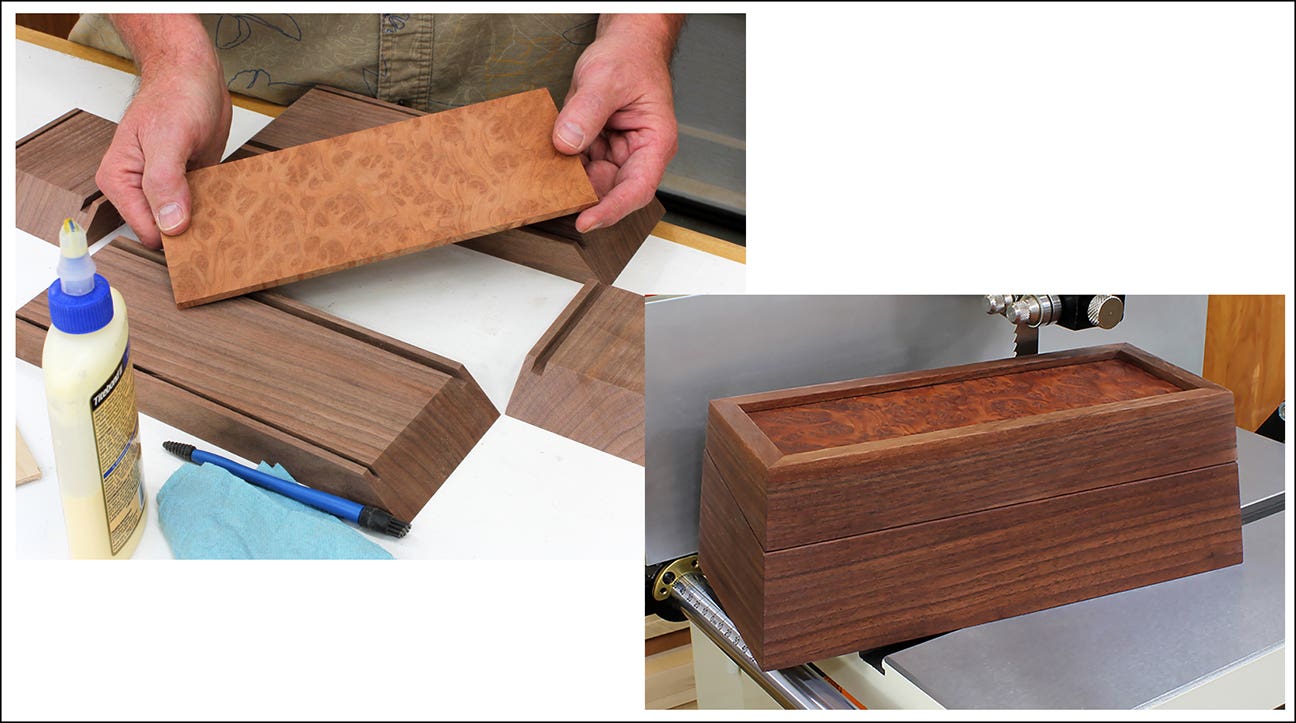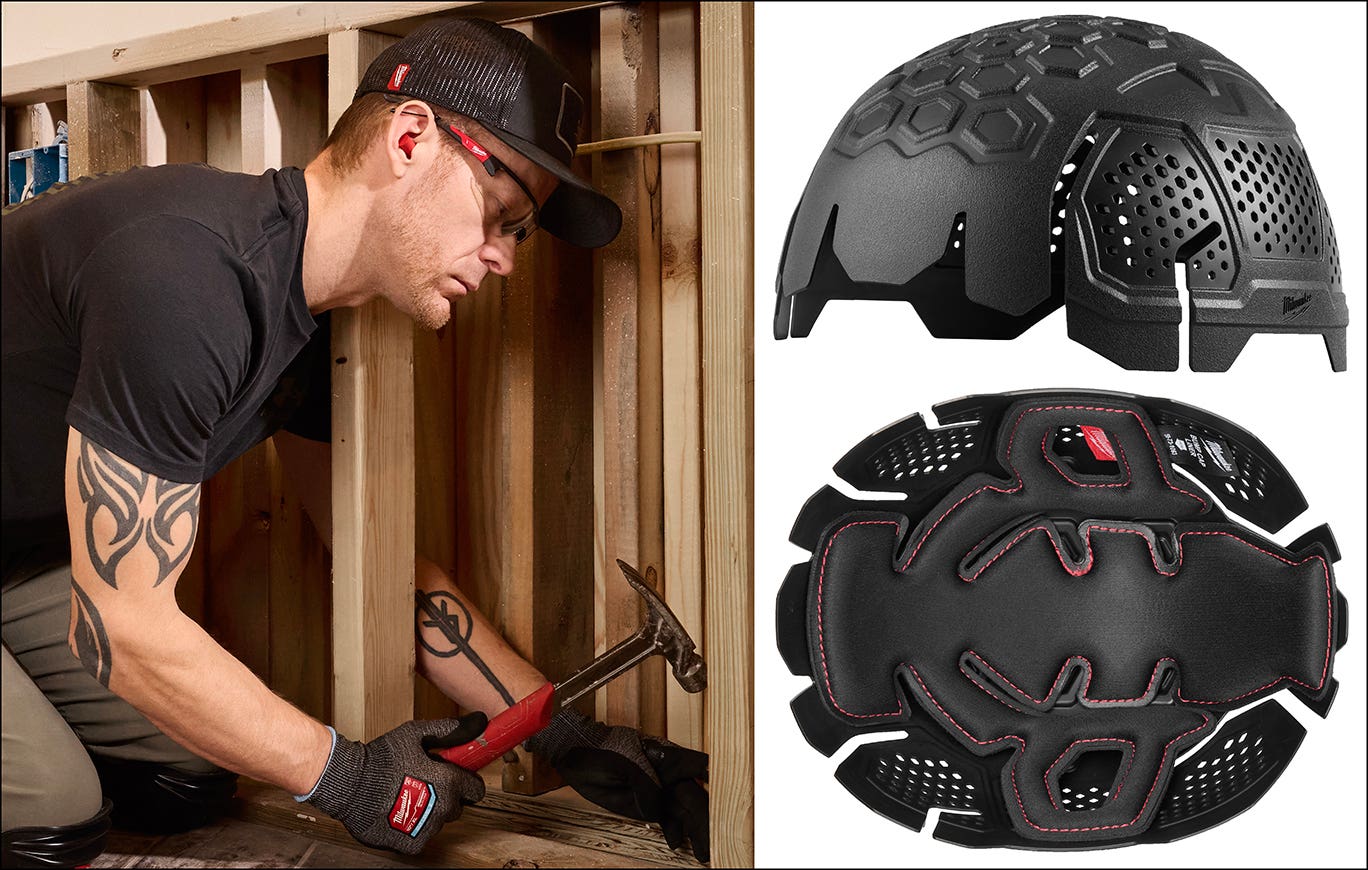The basics matter, so dont jump ahead
The majority of woodworkers have acquired their knowledge on the job, from mentors or through self-study. There is an Achilles’ heel to this form of learning — the overlooking of…
The majority of woodworkers have acquired their knowledge on the job, from mentors or through self-study. There is an Achilles’ heel to this form of learning — the overlooking of basics. That’s because training starts at the intermediate level with the assumption that basics are understood.
A case in point is the concept of the true face and the true edge. The concept evolved when hand tool joinery was the only game in town, planers did not exist and making rough sawn boards into planks was the drudgery of apprentices. A young lad dogged a plank on his bench and brought the surface flat with a jackplane. This was the true face and he marked it with a line with a loop in it, not unlike a modern printer’s delete mark.
Then he dogged the true face of the immerging board to the face of his bench and shot the edge straight and square to the true face with a jointer plane. This was now the true edge and the apprentice marked it with a ‘V’ that pointed to the true face. (The line with the loop in it ran to this true edge; the idea being that if one was lost, the other told you where the lost mark was.) The jointer now ripped the board to width and crosscut it to length. He marked the thickness with a gauge line around all four edges and planed the second face, as best he could, to the line.
Stay true
The problem with this scheme was the two faces were seldom, if ever, parallel. The solution was to make all measurements and layouts from the true face or true edge. Walking a square around our imaginary board would never result in the final lines meeting. But always keeping the fence against a true face or true edge results in the lines meeting and makes it possible to cut the plank square with handsaws.
The jointer picked the less beautiful of the two faces of our imaginary board to be the true face, knowing that the other face — the show face — would be what people see. In carcase work, the true face was oriented to the inside and the true edge to the front, which was the more important face of the work. This would be the top of a blanket chest or drawer. It was the exposed front of a case piece most typically where the face frame would be glued. By doing so, the jointer ended up with a square piece of work and could plane the outside to look square even if a bit of Trompe l’oeil was involved.
Enter, stage right, the power planer and table saw. All of this carefully gained hand tool methodology was thrown out the window because planks were now perfect — at least they appeared to be. Trouble is that the best of planers never make the two faces of a board perfectly parallel. Table saws are even less likely to make the edges achieve this end. Today, woodworkers grab planks and measure and mark willy-nilly without regard to face or edge. The result is inspired trapezoids, which no amount of planning will render square.
If we learn from history, all of this is avoidable, with first-rate work being the result. After thickness planning, most shops joint one edge and rip to width. The difference between the jointed edge and the sawn edge is discernable. If you make the jointed edge the true edge and orient the faces to what will achieve the best grain to the viewer of the finished piece, you are back to the concepts of our forefathers.
Keep track
The next overlooked basic is the carpenter’s triangle. Drawing carpenter’s triangles on the true edges keeps this carefully arranged orientation throughout construction, as we can always keep track of one face and one edge. In this case, it is the true edge and the show face. Again, the carpenter’s triangle is a simple concept that seems to be known only to an enlightened few today.
The photo [at left] shows the concept, which is to draw an overlapping triangle across the front and back (or top and bottom) and another across the sides of a carcase. Any two half-triangles will tell you the correct orientation of the pieces. We can now always keep track of the show face, inside face and true edge by simply glancing at the triangles. The same concept works beautifully with face frame as well.
In the machine room, as milling starts, always keep the true edge (the jointed edge) against the rip fence and miter gauge of your table saw. This means windmilling a plank end-for-end rather than spinning it face down to cut the second end. By windmilling end-to-end, you keep the true edge against the miter gauge and get three sides that are square with each other. You achieve a rectangle rather than a parallelogram.
By paying attention to these very basic ideas, tremendous strength is gained. Strength that makes the craftsman’s intermediate and advanced knowledge shine through and strength that segues into better work methods and, ultimately, better work.
Ernie Conover is a veteran woodworking author with eight books, many videos and hundreds of articles to his credit. His latest book “Woodworker’s Guide to Dovetails” is due out in April from Fox Chapel Publishing.
This article originally appeared in the March 2009 issue.






